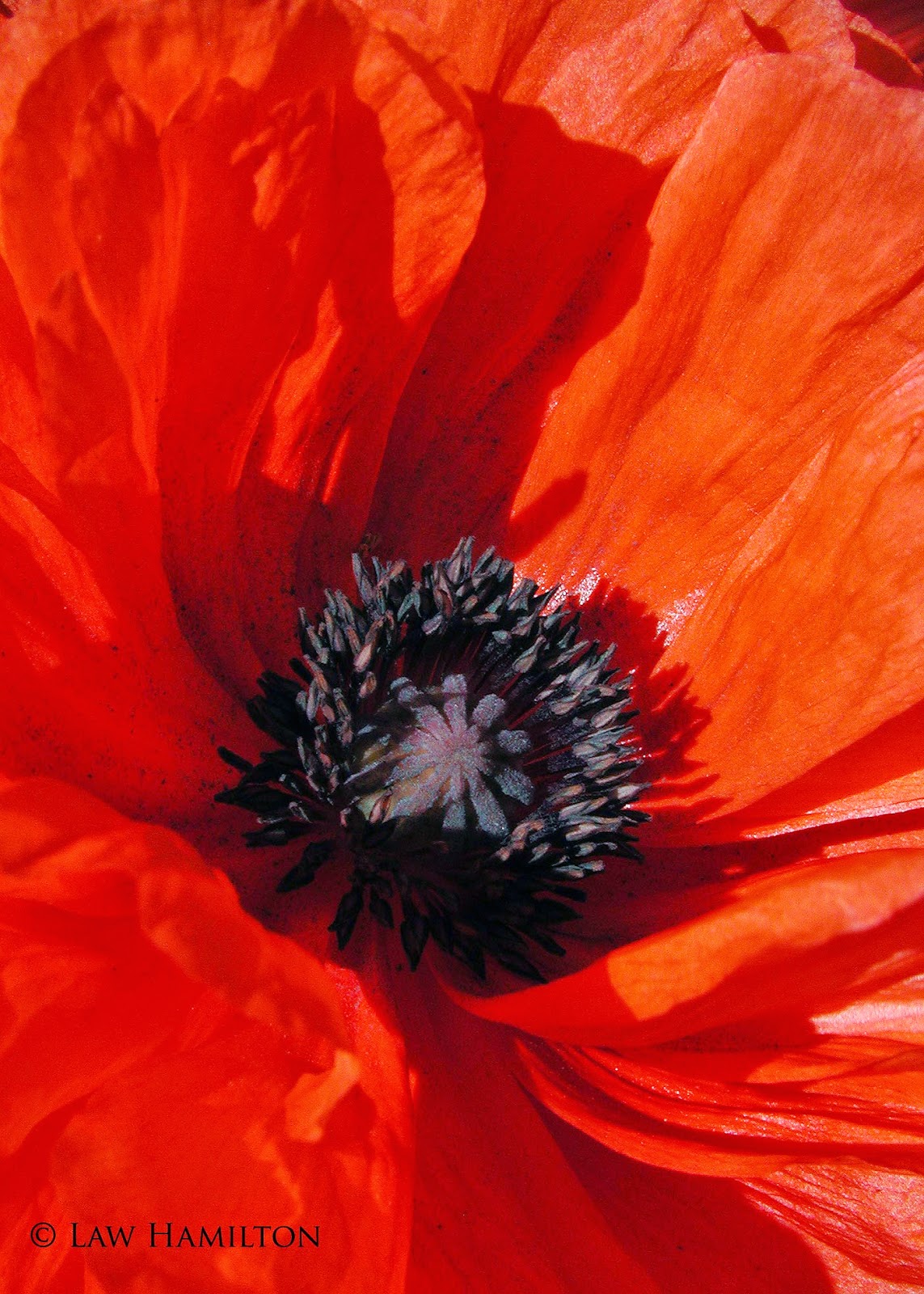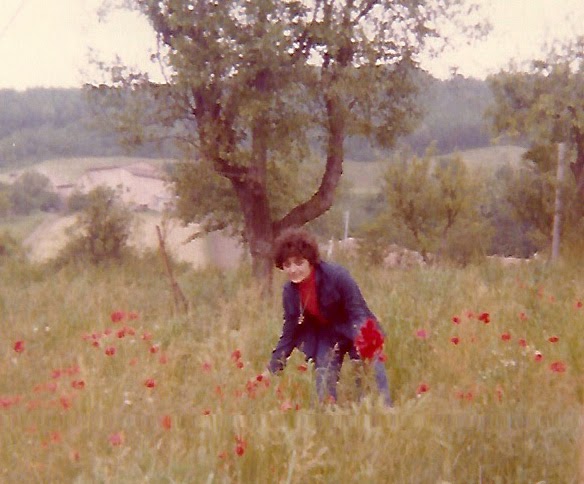Is it Just A Can of Beans?
by Mary Higgins, B.S., M.Ed.
On how many
occasions do you serve beans? Red kidney beans in the chili; yellow
wax beans; cannellini beans with the pasta? In my family, green beans
are a staple at the Thanksgiving table. They accompany the Easter Ham
and my mother makes a mean three-bean salad with chickpeas, kidney
beans and green beans for summer cookouts. Although green beans may
seem mundane, I’ll bet you’ve found delicious ways to eat them,
hot or cold.
In tough economic
times, it makes sense to eat some canned foods. Do you ever wonder,
though, if eating canned will compromise your health? When food is
canned, the mineral content including potassium, selenium, zinc and
copper is preserved but unfortunately the high heat used during the
canning process destroys some vitamins that are “heat labile” or
heat sensitive. This happens to two B-vitamins as well as to Vitamin
C.
Although viewed by
many as inferior to fresh, some vegetables, canned at the height of
crispness, may contain more nutrients than unprocessed. Some fresh
produce sitting on a truck for hours loses vitamin content. At one
time, canned vegetables were filled with much more than the food
pictured on the label. Water, sugar, chemicals used to preserve color
and texture, MSG, and salt under various other names filled the cans.
Many homemakers
rinse canned beans then drain them before serving, removing most of
the salt. But since minerals as well as some vitamins dissolve in
water; they are throwing away most of the nutrients!
Beans labeled
“reduced salt” are now on the market. You’ll see only three
ingredients on the label: beans, water and salt. Sometimes the
chelating agent, EDTA, is added as a preservative to keep the green
color but the sodium content is dramatically lower. (140 mg. compared
to 800 mg. that may have been present twenty years ago). Many food
companies utilize sea salt which is stronger, therefore less salt is
needed.
Canned Dried
Beans
The USDA Standard
for Grades of Canned Dried Beans states that:
“Canned
dried beans is the product prepared from dry
mature beans
or peas used for canning but not including
soy beans,
sweet peas or early peas.”
Unlike a garden or
green bean, picked before maturity, dried beans are loaded with
protein and can form a major part of a meal. Just add a grain such as
rice or bulgur. It is important to rinse these beans to remove salt
and make them more digestible.
The Lining of the
Cans
A bigger consumer
threat today lurks inside the liner of aluminum cans. Foods with a
high acid content, such as tomatoes, reacts with the metal of the
cans. Therefore since the 1950‘s, manufacturers coat some cans with
a plastic liner. Now new concern arises about a toxic ingredient
called Bis-phenol A (BPA) in the liner. This ingredient of plastic,
migrates into the food coming into contact with it causing damage to
several systems including the heart, the brain and the balance of
hormones. BPA acts as a form of estrogen in the body putting pregnant
women and children who consume foods in contact with it, at higher
risk. Parents may wish to limit the amount of canned and bottled
foods given to children.
Good News!
The news is hopeful
with one manufacturer. Eden Organic Foods, sells their line of canned
foods without this lining. In Japan, the use of BPA in cans is no
longer in use. Hopefully more manufacturers will listen to the
concerns of American consumers and follow that lead.


